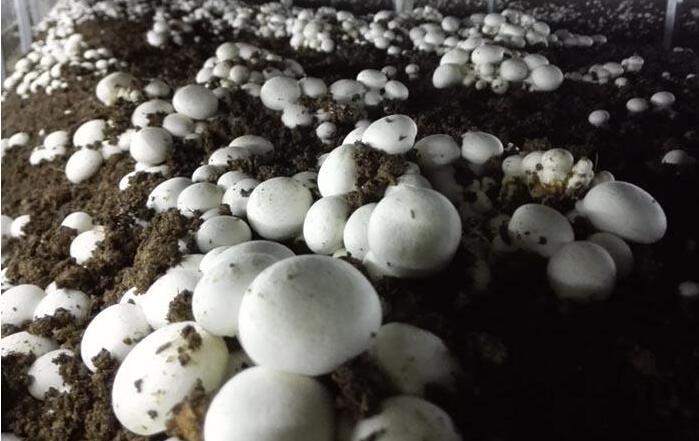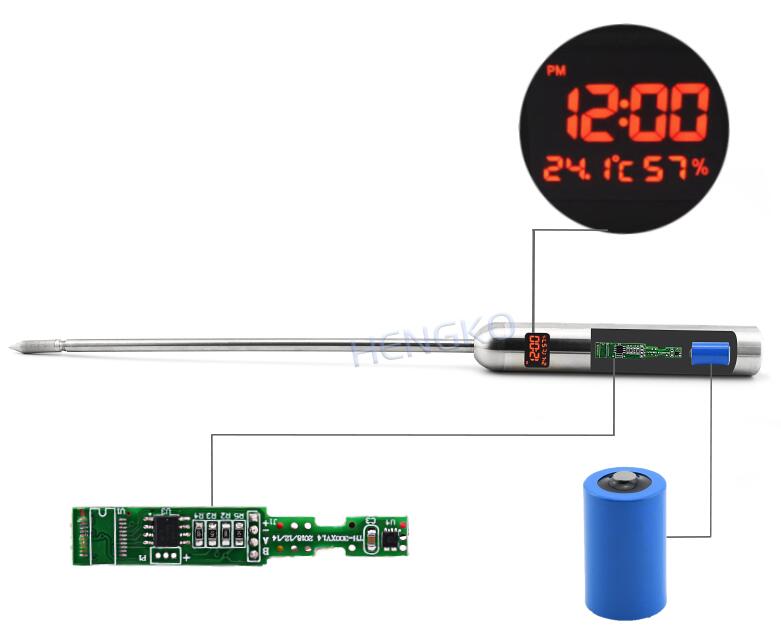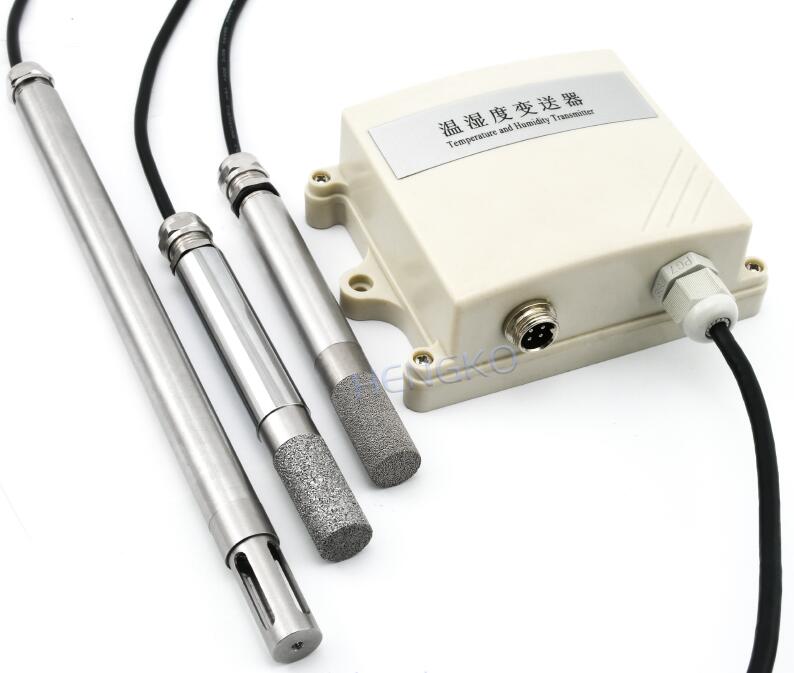Applications Of Temperature And Humidity Sensor In Mushroom Culture House
In recent years, the application of temperature and humidity sensors in various fields is more and more extensive, and the technology is becoming more and more mature. In many mushroom growing bases, each mushroom room has the function of constant temperature control, steam disinfection, ventilation and so on. Among them, each mushroom room is installed with a set of environmental automatic control system, temperature and humidity sensor technology is widely used in this kind of equipment.

As we know, the fungus room has high requirements on illumination, environmental temperature and humidity, and moisture content in fungus bag. Usually, an edoge chamber is equipped with a separate environmental control box, which is responsible for the automatic control of the indoor environment. The box is marked with data such as temperature, humidity and carbon dioxide concentration.
Among them, the fixed number is the best data set to promote the growth of edible fungi; Another column of changing Numbers, is the mushroom room real-time data. Once the room deviates from the set data, the control box will adjust automatically.
Temperature is the most active factor in environmental conditions, and also the most influential factor on the production, production and use of edible fungi. Any kind and variety of mycelium growth has its growth temperature range, suitable growth temperature range and optimal growth temperature, but also has its own high temperature and low temperature death temperature. In the production of strains, the culture temperature is set within the appropriate growth temperature range. Generally speaking, the tolerance of edible fungi to high temperature is far less than that to low temperature. The results showed that the activity, growth and resistance of the strains cultured at relatively low temperature were higher than those cultured at high temperature.
The problem of high temperature is not low temperature but high temperature. In strain culture, hypha growth slowed down significantly or even stopped after the temperature exceeded the high limit of suitable growth temperature. When the temperature drops to its growth, although the mycelia can continue to grow, but, the stagnation period formed a light yellow or light brown high temperature ring. In addition, under high temperature conditions, the contamination of bacterial species occurred more frequently.
Generally speaking, in the growth stage of edible fungus hyphae, the appropriate water content of culture material is generally 60% ~ 65%, and the water requirement of fruiting body is greater in the formation stage. Because of evaporation and absorption of fruiting bodies, the water in the culture materialis constantly reduced. In addition, if the mushroom house can often maintain a certain air relative humidity, also can prevent the excessive evaporation of water in the culture. In addition to sufficient water content, edible fungi also need a certain air relative humidity. The air relative humidity suitable for mycelium growth is generally 80% ~ 95%. When the air relative humidity is lower than 60%, the fruiting body of oyster mushroom stops growing. When the air relative humidity is less than 45%, the fruiting body will no longer differentiate, and the already differentiated young mushroom will dry up and die. So air humidity is particularly important for the cultivation of edible fungi.
